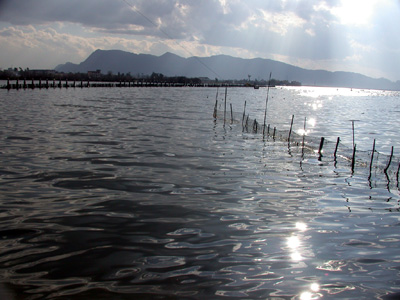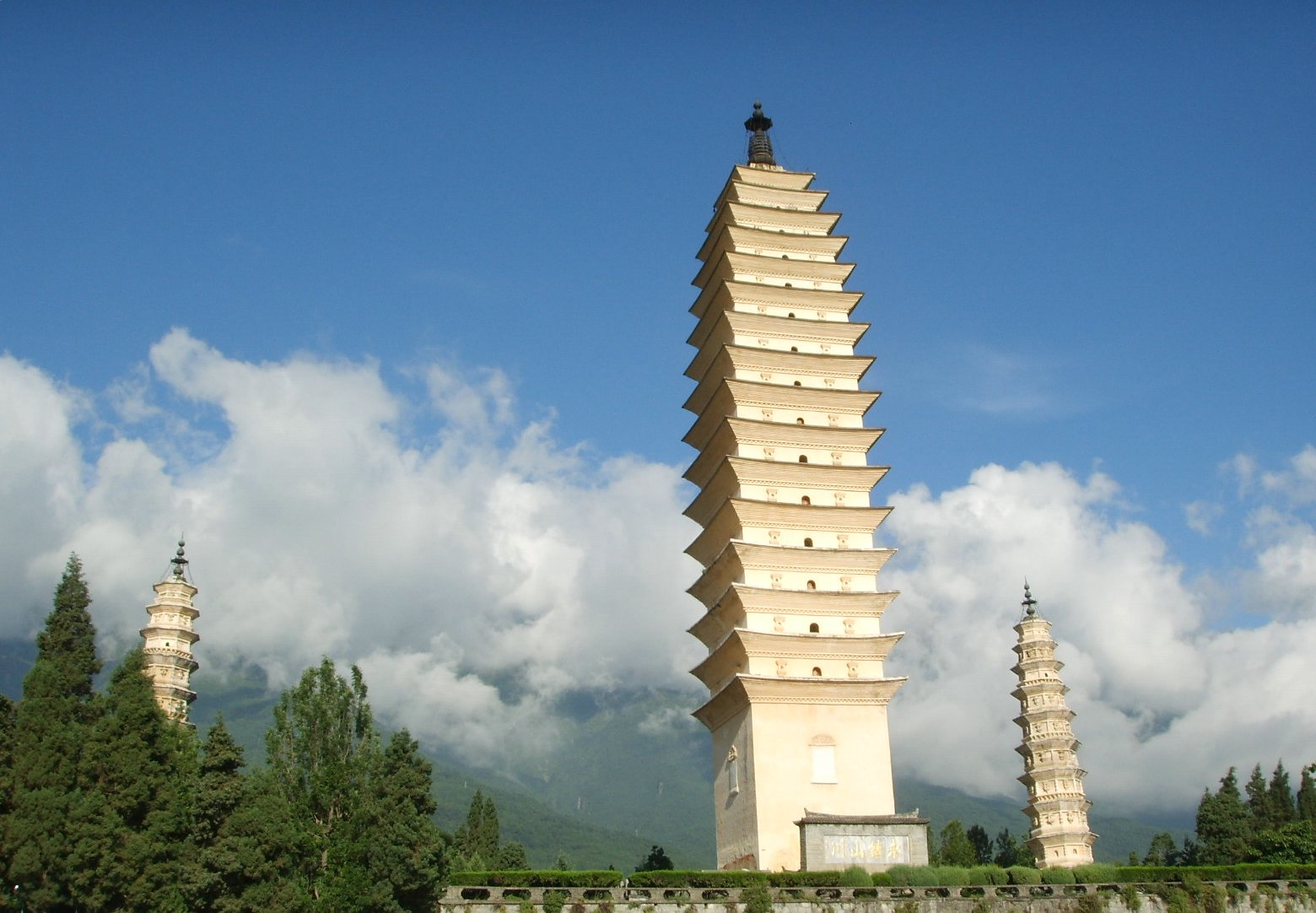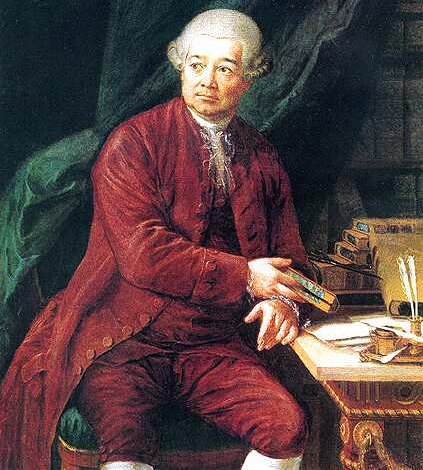|
Yunnan Ethnology Museum
The Yunnan Nationalities Museum () is located on the east bank of Dianchi Lake in Kunming, Yunnan, China, next to the Yunnan Ethnic Village. Completed in 1995, it is a comprehensive ethnology Ethnology (from the grc-gre, ἔθνος, meaning 'nation') is an academic field that compares and analyzes the characteristics of different peoples and the relationships between them (compare cultural, social, or sociocultural anthropology). ... museum. Covering an area of over 200 mu, the museum has a building area of 130,000 square meters. It consists of various exhibition halls, office building, report hall, storage and workshops. The ecological environment, religious customs, culture and arts and relics of the ethnic groups of Yunnan are collected in it. The 120,000 items of objects fall into the 16 categories such as ethnic groups, dresses and personal adornment, technique, arts, ecology, ancient books, and strange stones etc. See also * List of museums in China References * ... [...More Info...] [...Related Items...] OR: [Wikipedia] [Google] [Baidu] |
Yunnan Nationalities Museum - DSC03551
Yunnan , () is a landlocked Provinces of China, province in Southwest China, the southwest of the People's Republic of China. The province spans approximately and has a population of 48.3 million (as of 2018). The capital of the province is Kunming. The province borders the Chinese provinces of Guizhou, Sichuan, autonomous regions of Guangxi, and Tibet Autonomous Region, Tibet as well as Southeast Asian countries: Vietnam, Laos, and Myanmar. Yunnan is China's fourth least developed province based on disposable income per capita in 2014. Yunnan is situated in a mountainous area, with high elevations in the northwest and low elevations in the southeast. Most of the population lives in the eastern part of the province. In the west, the altitude can vary from the mountain peaks to river valleys by as much as . Yunnan is rich in natural resources and has the largest diversity of plant life in China. Of the approximately 30,000 species of Vascular plant, higher plants in China, Yu ... [...More Info...] [...Related Items...] OR: [Wikipedia] [Google] [Baidu] |
Dianchi Lake
Dianchi Lake (), also known as Lake Dian and Kunming Lake (), is a large lake located on the Yunnan-Guizhou Plateau close to Kunming, Yunnan, China. Its nickname is the "Sparkling Pearl Embedded in a Highland" () and it was the model for the Kunming Lake in the Summer Palace in Beijing. Its name is the source of Yunnan's Chinese provincial abbreviations, Chinese abbreviation . It is a freshwater fault lake at above sea level. The lake covers . It is long from north to south, and the average depth is . It is the eighth largest lake in China and the largest in Yunnan Province. Etymology The Chinese character for the lake is a phonosemantic compound of the Chinese radical, radical ("water") and the character , whose current pronunciation is ''zhēn'' but whose Old Chinese pronunciation has been reconstructed as ''*tin'' in Reconstructions of Old Chinese#Baxter–Sagart (2014), Baxter–Sagart system.Baxter, William & al. "Baxter-Sagart Old Chinese Reconstruction"p. 160. 2011. Ac ... [...More Info...] [...Related Items...] OR: [Wikipedia] [Google] [Baidu] |
Kunming
Kunming (; ), also known as Yunnan-Fu, is the capital and largest city of Yunnan province, China. It is the political, economic, communications and cultural centre of the province as well as the seat of the provincial government. The headquarters of many of Yunnan's large businesses are in Kunming. It was important during World War II as a Chinese military center, American air base, and transport terminus for the Burma Road. In the middle of the Yunnan–Guizhou Plateau, Kunming is at an altitude of above sea level and a latitude just north of the Tropic of Cancer. As of 2020 census, Kunming had a total population of 8,460,088 inhabitants, of whom 5,604,310 lived in its built-up (or metro) area made of all urban districts but Jinning, not conurbated yet. It is at the northern edge of Dian Lake, surrounded by temples and lake-and-limestone hill landscapes. Kunming consists of an old, previously walled city, a modern commercial district, residential zones and university areas. ... [...More Info...] [...Related Items...] OR: [Wikipedia] [Google] [Baidu] |
Yunnan
Yunnan , () is a landlocked Provinces of China, province in Southwest China, the southwest of the People's Republic of China. The province spans approximately and has a population of 48.3 million (as of 2018). The capital of the province is Kunming. The province borders the Chinese provinces of Guizhou, Sichuan, autonomous regions of Guangxi, and Tibet Autonomous Region, Tibet as well as Southeast Asian countries: Vietnam, Laos, and Myanmar. Yunnan is China's fourth least developed province based on disposable income per capita in 2014. Yunnan is situated in a mountainous area, with high elevations in the northwest and low elevations in the southeast. Most of the population lives in the eastern part of the province. In the west, the altitude can vary from the mountain peaks to river valleys by as much as . Yunnan is rich in natural resources and has the largest diversity of plant life in China. Of the approximately 30,000 species of Vascular plant, higher plants in China, Yu ... [...More Info...] [...Related Items...] OR: [Wikipedia] [Google] [Baidu] |
Yunnan Ethnic Village
The Yunnan Ethnic Village () is an ethnographic village and theme park that displays the various folklore, culture, and architecture of 26 ethnic groups in Yunnan Province, China.https://www.travelchinaguide.com/attraction/yunnan/kunming/nationalities-village.htm The park's major goal is mainly to display some aspects of Yunnan's ethnicity, cultural diversity, and heritage. Located in the southwest suburbs of Kunming next to Dianchi lake, Yunnan Ethnic Village covers an area of 89 hectares including 31 hectares of water. It is classified as a AAAA-class tourist attraction. Ethnic groups represented The following ethnic groups are represented in the Yunnan Ethnic Village: * Dai () * Bai () * Yi () * Naxi () * Wa () * Bulang () * Jinuo () * Lahu () *Tibetan () * Jingpo () * Hani () * De Ang () * Zhuang () *Hmong () * Shui () * Nu () *Mongol () *Buyi () * Dulong () *Lisu () * Pumi () *Manchu () *Hui () * Yao () * Achang () Special events *Water-Splashing Festival (April 13-16) of Da ... [...More Info...] [...Related Items...] OR: [Wikipedia] [Google] [Baidu] |
Ethnology
Ethnology (from the grc-gre, ἔθνος, meaning 'nation') is an academic field that compares and analyzes the characteristics of different peoples and the relationships between them (compare cultural anthropology, cultural, social anthropology, social, or sociocultural anthropology). Scientific discipline Compared to ethnography, the study of single groups through direct contact with the culture, ethnology takes the research that ethnographers have compiled and then compares and contrasts different cultures. The term ''ethnologia'' (''ethnology'') is credited to Adam František Kollár, Adam Franz Kollár (1718-1783) who used and defined it in his ''Historiae ivrisqve pvblici Regni Vngariae amoenitates'' published in Vienna in 1783. as: “the science of nations and peoples, or, that study of learned men in which they inquire into the origins, languages, customs, and institutions of various nations, and finally into the fatherland and ancient seats, in order to be able be ... [...More Info...] [...Related Items...] OR: [Wikipedia] [Google] [Baidu] |
List Of Museums In China
, there are 3,589 museums in China, including 3,054 state-owned museums (museums run by national and local government or universities) and 535 private museums. With a total collection of over 20 million items, these museums hold more than 8,000 exhibitions every year and 160 million people visits. Some museums of cultural relics, such as the Museum of Qin Terracotta Warriors and Horses in Xi'an, have become internationally known tourist attractions. The government has exchanges of cultural relics exhibitions between museums and promotes the display and exchanges of legal non-governmental collections. The museums are classified into several grades, with the national first-grade museums being the highest classification. List Below is a list of museums in China grouped by the provinces or municipalities where they are located. Anhui *Anhui Provincial Museum *Anhui Hall of Fame *Anhui Paleontology Fossil Museum *Bengbu Museum *China Huizhou Tax Museum *Ma'anshan Museum *She County ... [...More Info...] [...Related Items...] OR: [Wikipedia] [Google] [Baidu] |
Museums In Kunming
A museum ( ; plural museums or, rarely, musea) is a building or institution that cares for and displays a collection of artifacts and other objects of artistic, cultural, historical, or scientific importance. Many public museums make these items available for public viewing through exhibits that may be permanent or temporary. The largest museums are located in major cities throughout the world, while thousands of local museums exist in smaller cities, towns, and rural areas. Museums have varying aims, ranging from the conservation and documentation of their collection, serving researchers and specialists, to catering to the general public. The goal of serving researchers is not only scientific, but intended to serve the general public. There are many types of museums, including art museums, natural history museums, science museums, war museums, and children's museums. According to the International Council of Museums (ICOM), there are more than 55,000 museums in 202 countries ... [...More Info...] [...Related Items...] OR: [Wikipedia] [Google] [Baidu] |
Ethnographic Museums In Asia
Ethnography (from Greek ''ethnos'' "folk, people, nation" and ''grapho'' "I write") is a branch of anthropology and the systematic study of individual cultures. Ethnography explores cultural phenomena from the point of view of the subject of the study. Ethnography is also a type of social research that involves examining the behavior of the participants in a given social situation and understanding the group members' own interpretation of such behavior. Ethnography in simple terms is a type of qualitative research where a person puts themselves in a specific community or organization in attempt to learn about their cultures from a first person point-of-view. As a form of inquiry, ethnography relies heavily on participant observation—on the researcher participating in the setting or with the people being studied, at least in some marginal role, and seeking to document, in detail, patterns of social interaction and the perspectives of participants, and to understand these in ... [...More Info...] [...Related Items...] OR: [Wikipedia] [Google] [Baidu] |
Folk Museums In China
Folk or Folks may refer to: Sociology *Nation *People * Folklore ** Folk art ** Folk dance ** Folk hero ** Folk music *** Folk metal *** Folk punk *** Folk rock ** Folk religion * Folk taxonomy Arts, entertainment, and media * Folk Plus or Folk +, an Albanian folk music channel * Folks (band), a Japanese band * ''Folks!'', a 1992 American film People with the name * Bill Folk (born 1927), Canadian ice hockey player * Chad Folk (born 1972), Canadian football player * Elizabeth Folk (c. 16th century), British martyr; one of the Colchester Martyrs * Eugene R. Folk (1924–2003), American ophthalmologist * Joseph W. Folk (1869–1923), American lawyer, reformer, and politician * Kevin Folk (born 1980), Canadian curler * Nick Folk (born 1984), American football player * Rick Folk (born 1950), Canadian curler * Robert Folk (born 1949), American film composer Other uses * Folk classification, a type of classification in geology * Folks Nation, an alliance of American street gang ... [...More Info...] [...Related Items...] OR: [Wikipedia] [Google] [Baidu] |






